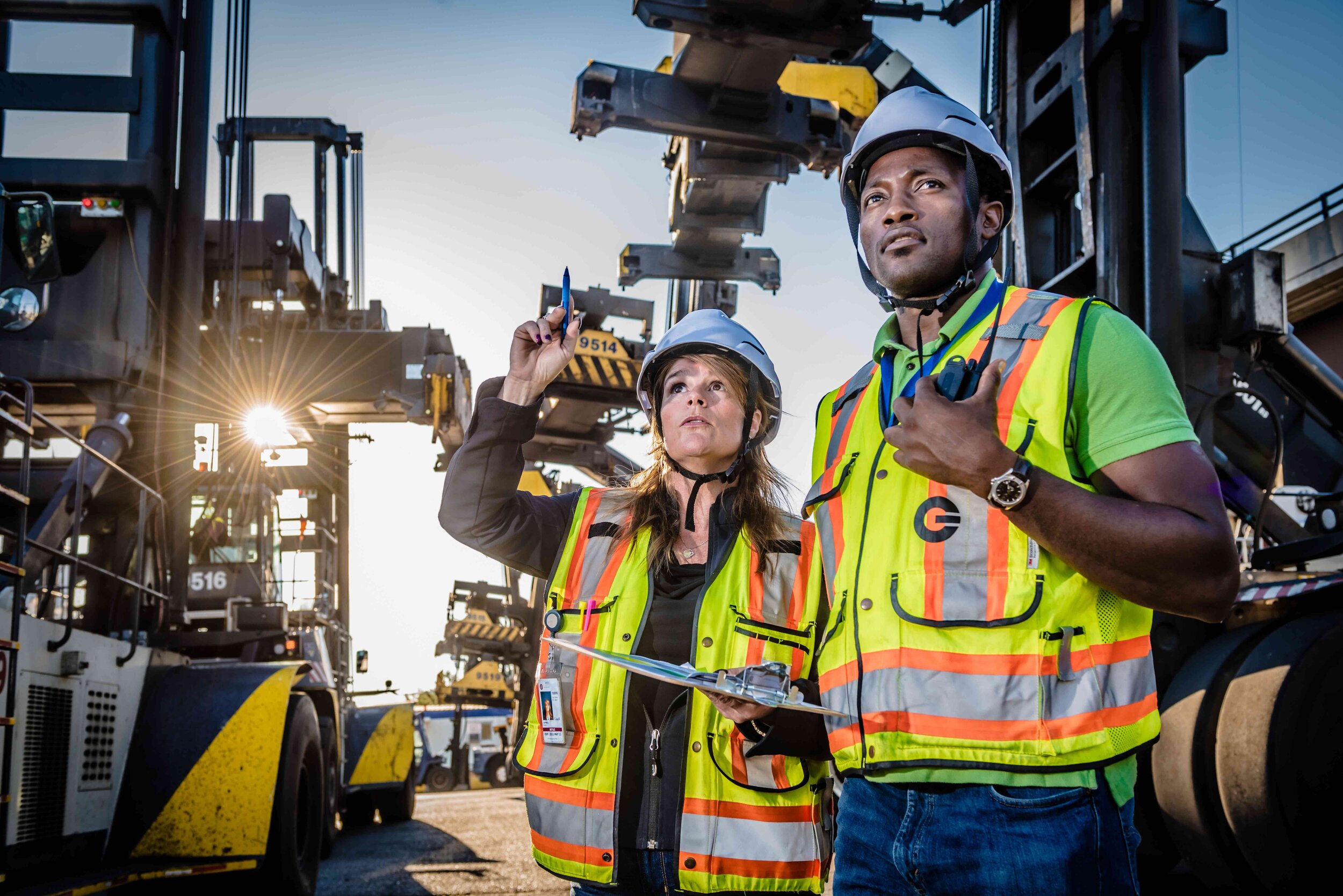
Safe transport.
We work to ensure a safe workplace for crew and on-shore transport workers,
focusing especially on container safety and seafarer health.
Containers lost at sea.
Every container lost at sea is one too many. In addition to possible harm to crew, polluting sea and shores, they can pose an accident risk.
WSC and several member lines are among the partners in the MARINE Top Tier study, which based on scientific analyses, studies, and desktop as well as real-life measurements, aims to develop specific, actionable and effective recommendations to reduce the number of containers lost at sea.
To contribute to accurate data for analysis of the number of containers lost at sea, WSC surveys its members every year. In 2023, 221 containers were lost at sea, out of the 250 million transported. Ca 33% of the containers lost at sea in 2023 were recovered.
We will continue to explore and implement preventive and risk-based measures to keep the loss of containers as close to zero as possible. And we welcome continued cooperation from governments and other stakeholders to accomplish this goal.
Container Safety.
Downloads
CTU Code & Checklist
ENGLISH:
CTU Code - Quick Guide and ChecklistCHINESE (simplified):
CTU Code - 快速指南 and CTU Code - 集装箱装箱检查表.SPANISH:
Código UTC and Código UTC lista (with the support of NAPPO)ITALIAN:
Codice CTU - guida rapida and Codice CTU - lista di controlloFRENCH:
Code CTU - guide simplifié and Code CTU - checklist de chargement de conteneurARABIC:
الدليل الإرشادي الموجز لمدونة وحدات نقل البضائع and قائمة التحقق من تعبئة الحاوياتRUSSIAN - Pусский:
Кодекс ГТЕ: краткое руководство and Чек-лист по укладке грузов в контейнеры
IMO Safety of Life at Sea (SOLAS) convention
Dangerous Goods Warehousing
How to safely handle containers is described in detail in the IMO/ILO/UNECE Code of Practice, known as the CTU Code. But despite this, there have been several widely reported fires aboard containerships, where containerised cargoes may have been the cause. Container stack failures, vehicle roll-overs, train derailments and internal cargo collapses, can all too often be traced to poor packing practices.
To drive the adoption of crucial safety practices throughout the global supply chain, WSC has joined with four international freight transport and cargo handling organisations to provide accessible guidance on packing and handling standards for freight containers and other cargo transport units.
The group have published handy guides, the CTU Code Quick Guide and Checklist, in several languages and are driving awareness through on-line information sessions and promotion. Download here and use free for training and reference. Help spread the word and save lives!
It is also crucial for safety that the contents and weight of a packed container are correctly declared, to ensure it is loaded and secured in a safe way. WSC has supported the amendment to the IMO Safety of Life at Sea (SOLAS) convention which requires that the gross mass (VGM) of a packed container is verified before it can be loaded on board a vessel. These VGM FAQs, together with the supplementary FAQs, developed by WSC and supply chain partners are a good guide to the mandatory rules. Without a verified gross mass the packed container shall not be loaded aboard ship.
How a container should be secured aboard ship is governed by the IMO Revised Guidelines for the Cargo Securing Manual, which prescribes how containers are to be loaded, stowed and secured throughout the voyage.
Before and after transport, containers are stored in warehouses and on terminals. For safe storage of dangerous goods, proper handling and packing is the best way to avoid fire or other incidents that could damage health or the environment. WSC has together with a number of other organisations put together a Dangerous Goods Warehousing White Paper and Checklist with best practices around the handling of dangerous goods. Please download and share in your network to help prevent incidents.
Seafarer health.
Being a seafarer is quite different from an ordinary job on land. Seafarers are usually on board for several months, and then have several weeks or months off before mustering on again. As part of their job, crews are exposed to extremes of weather, operational hazards and dangerous cargoes.
Our work on container safety is done to protect seafarers from getting hurt due to mis-or non-declared dangerous goods, and inaccurately labelled or poorly packed containers.
Seafarers are today also increasingly the victims of acts of violence in the name of geopolitics in the region of the Red Sea. Over the past year, five seafarers have died, several have been injured, and the crews of Galaxy Leader and MSC Aries are still held captive. We utterly condemn these assaults which directly contravene the fundamental principle of freedom of navigation.
